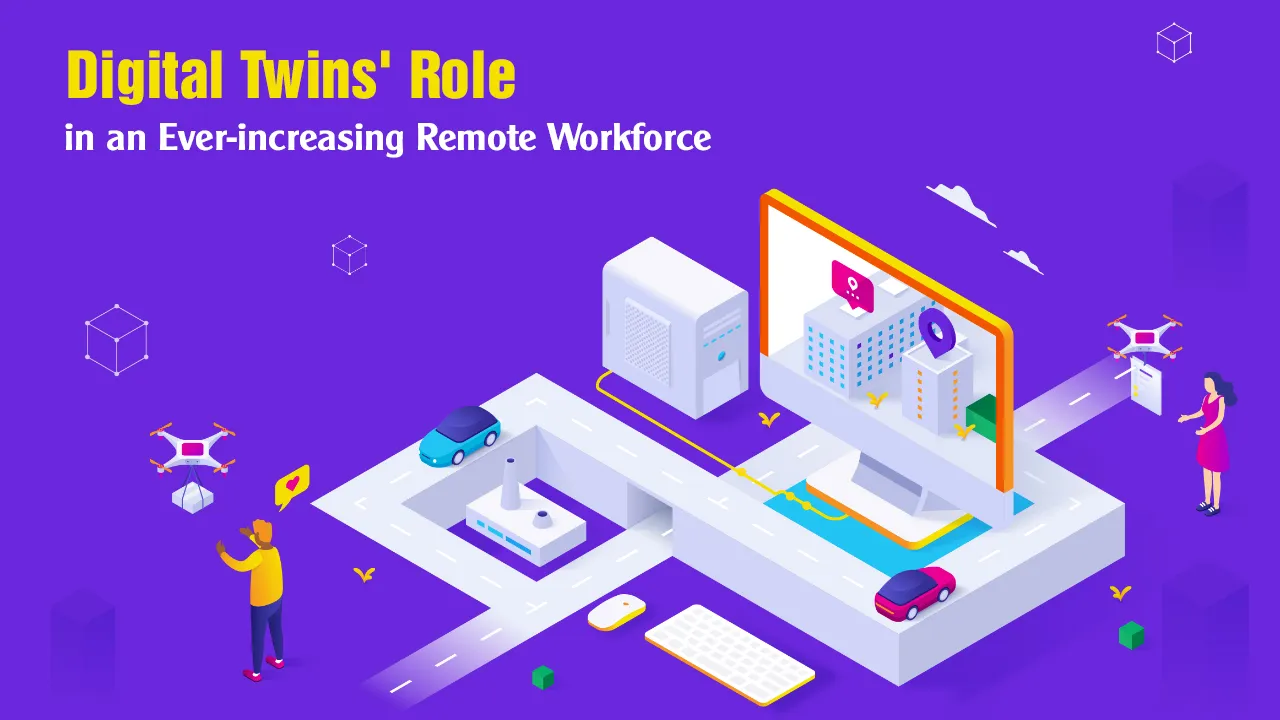Digital twins are being deployed in different industries to address remote workforce operational challenges and even to train new employees before they set foot in the workplace.
The COVID-19 pandemic is drastically changing the telecommunicating landscape, and Global Workplace Analytics already predicts that 25 to 30% of the total workforce could work remotely multiple days a week by the end of 2021. Increasingly, organizations are implementing digital twins to address the new challenges introduced with such a change in operations.
But what is a digital twin? While there are many definitions, the term “digital twin” used in this article refers to a digital replica of a physical entity. A digital twin contains all the information that composes the historical and current configuration. In terms of deployment, digital twins can be designated for specific projects to accelerate program timing, or they can be created to improve overall business performance.
_See also: _What is Digital Twin Technology? (Sponsored)
While this technology may be new to some, a Gartner survey of companies from various industries across six countries found that 75% have already implemented or plan to implement a digital twin within a year, proving that digital twins can be used beyond typical industrial IoT use cases to creatively enhance various digital environments and innovate new services.
#analytics #big data #big data analysis tools #decision automation #from our experts #digital transformation #digital twin #predictive maintenance
